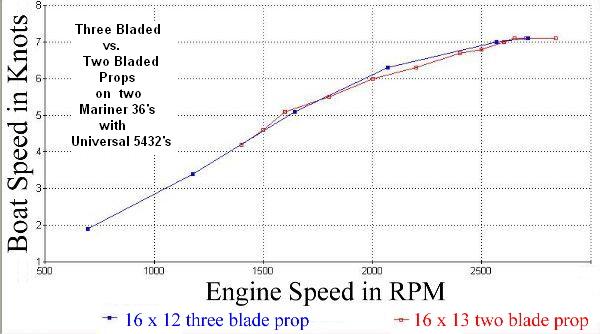- Nov 12, 2017
- 11,849
- Pool Size
- 12300
- Surface
- Plaster
- Chlorine
- Salt Water Generator
- SWG Type
- Pentair Intellichlor IC-40
Mark, I'll have to defer to your expertise on the pumps. But I can say unequivocally that doubling RPM will not double a boat's speed, not even close, with the exception of certain types of hulls, like planing hulls, which, within a certain range of velocity, will lose a good deal of drag. For most other types of hulls: "A hull that is designed as strictly a displacement hull can be propelled close to its hull speed, but as the hull speed is approached the power requirement rises exponentially." This fact is what I (mistakenly or not) was applying to pool plumbing.
None of this off-topic conversation changes the following facts. Back when all a pool pump was called on to do was push water through a filter for x-hours a day, a single speed pump was all that was needed. And if that's all the OP is doing (and he can get around CA's codes), then a single speed pump might make good sense. But the point I got sidetracked making is: if the OP might want to do other things with his pump, like run a spa, a suction or pressure automated cleaner, a heater, an SWG, a waterfall, or any number of other water features, then a single speed pump would not be the best choice, not only in terms of operating cost, but also for optimizing flow rates, individually, for any of those other uses...
None of this off-topic conversation changes the following facts. Back when all a pool pump was called on to do was push water through a filter for x-hours a day, a single speed pump was all that was needed. And if that's all the OP is doing (and he can get around CA's codes), then a single speed pump might make good sense. But the point I got sidetracked making is: if the OP might want to do other things with his pump, like run a spa, a suction or pressure automated cleaner, a heater, an SWG, a waterfall, or any number of other water features, then a single speed pump would not be the best choice, not only in terms of operating cost, but also for optimizing flow rates, individually, for any of those other uses...


